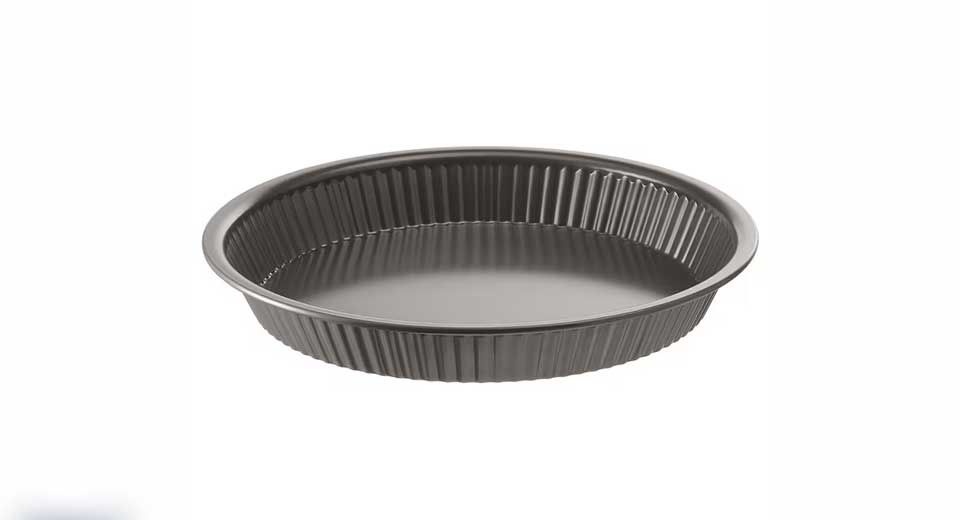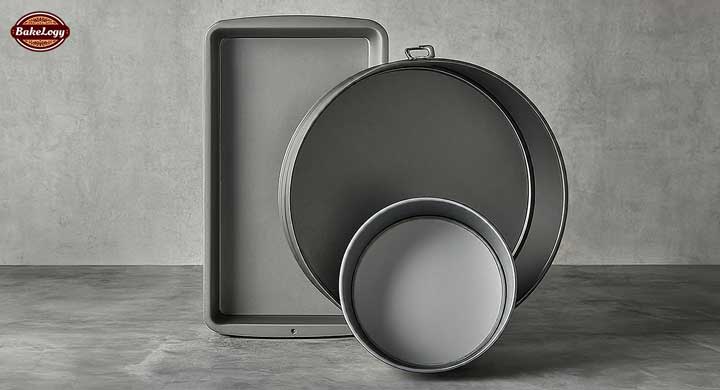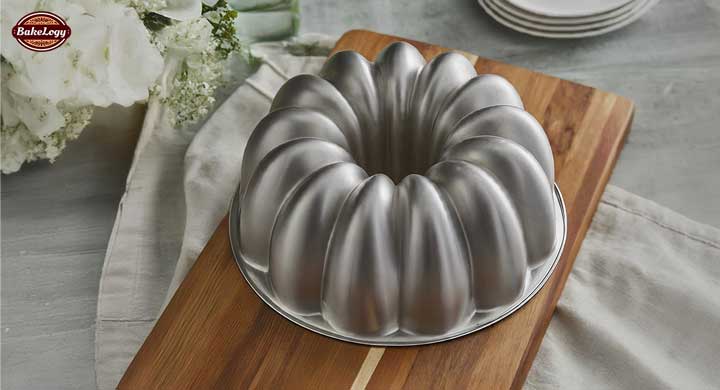When it comes to baking pies, a pie dish is one of the most essential tools in your kitchen. Whether you’re making a classic apple pie, a rich chocolate tart, or a savory quiche, choosing the right pie dish can make all the difference. In this blog post, we’ll dive into everything you need to know about pie dishes, from materials and sizes to tips for perfect pies every time.
What is a Pie Dish?
A pie dish (or pie pan) is a shallow, round baking dish with sloped sides, specifically designed for baking pies. It helps shape and support your crust while ensuring even cooking of your pie filling. Pie dishes come in a variety of materials, shapes, and sizes, each offering unique advantages for different types of pies.
Types of Pie Dishes
1. Glass Pie Dishes
Glass pie dishes are popular among home bakers because they allow you to see how your crust is browning. They conduct heat evenly and are especially great for pies that require a crispy, well-baked bottom crust, such as fruit pies. Additionally, glass retains heat well, ensuring your pie stays warm for longer.
2. Ceramic Pie Dishes
Ceramic pie dishes are another excellent choice, particularly for pies that need a steady, even bake. Ceramic distributes heat slowly and evenly, which is ideal for pies with a delicate filling like custard pies or quiches. These dishes also come in decorative designs, making them perfect for serving straight from the oven to the table.
3. Metal Pie Dishes
Metal pie dishes, typically made from aluminum or stainless steel, heat up quickly, making them great for pies that require high heat. They’re lightweight and durable, perfect for those who prefer a crisper crust. However, they may not distribute heat as evenly as glass or ceramic dishes.
4. Disposable Aluminum Pie Dishes
If you’re planning to bake a pie to take to an event or gift to someone, disposable aluminum pie dishes are a convenient option. They are lightweight, affordable, and great for one-time use, although they don’t offer the same even heat distribution as glass or ceramic dishes.
Choosing the Right Size for Your Pie Dish
Pie dishes typically come in three standard sizes:
- 8-inch: Best for smaller pies or recipes that don’t make a large amount of filling.
- 9-inch: The most common size, suitable for most pie recipes.
- 10-inch: Great for pies with more filling or deeper pies like deep-dish apple pie.
Choosing the right size is crucial for ensuring your pie has the perfect balance of filling to crust.
Key Features to Look for in a Pie Dish
When shopping for a pie dish, keep these features in mind to ensure you get the best baking results:
1. Material
As discussed earlier, the material of the pie dish affects how evenly your pie cooks and the final texture of the crust. Glass, ceramic, and metal all have unique advantages, so choose based on the type of pie you’re making.
2. Depth
A standard pie dish is around 1.5 to 2 inches deep. If you prefer deep-dish pies with more filling, opt for a dish that’s closer to 2 inches or deeper. Shallow dishes work well for tarts or pies with thin layers of filling.
3. Non-Stick Coating
Some pie dishes come with a non-stick coating, which makes it easier to release your pie without damaging the crust. However, non-stick coatings can sometimes affect browning, so be mindful if you’re looking for a golden, crispy crust.
4. Design
Many pie dishes come with a fluted edge, which helps create a decorative, crimped crust. Additionally, colorful ceramic dishes can double as attractive serving pieces.
How to Properly Use and Care for Pie Dishes
To get the most out of your pie dish, follow these tips:
1. Preheat Your Pie Dish
If you’re working with a glass or ceramic pie dish, preheating it along with your oven can help prevent thermal shock and ensure even baking.
2. Avoid Drastic Temperature Changes
Glass and ceramic pie dishes can crack if exposed to sudden temperature changes, like going from the freezer directly to a hot oven. Allow your dish to come to room temperature before baking.
3. Cleaning and Maintenance
Ceramic and glass pie dishes are generally dishwasher-safe, but hand washing is recommended to avoid scratches or dulling over time. Metal pie dishes should be hand-washed and dried immediately to prevent rust.
Tips for Baking the Perfect Pie
Here are a few tips to ensure your pies come out perfect every time:
1. Use the Right Pie Crust Recipe
A good pie crust can make or break your pie. Whether you prefer a flaky, buttery crust or a sturdy shortcrust, make sure it complements the filling you’re using.
2. Blind Bake Your Crust
For pies with liquid fillings (like custards or fruit pies), blind baking your crust can prevent it from becoming soggy. Line your crust with parchment paper, fill with pie weights, and bake for 10-15 minutes before adding the filling.
3. Use a Pie Shield
To prevent your pie crust edges from burning, consider using a pie shield or covering the edges with foil during the last 15-20 minutes of baking.
Final Thoughts: Choosing the Best Pie Dish for Your Baking Needs
A pie dish is an indispensable tool in any baker’s kitchen. By understanding the different materials, sizes, and features available, you can choose the perfect pie dish for your next baking adventure. Whether you opt for glass, ceramic, or metal, your pie dish will help ensure evenly baked pies with a perfectly golden crust. So, grab your favorite pie dish and start baking up a storm!
Here are some FAQs for your article on pie dishes:
FAQs About Pie Dishes
1. What is the best material for a pie dish?
The best material depends on the type of pie you’re baking. Glass dishes are great for evenly browning the crust, ceramic dishes offer steady heat distribution, and metal dishes heat up quickly for crisper crusts.
2. What size pie dish should I use?
The most common size is a 9-inch pie dish, suitable for most recipes. If you prefer smaller pies, an 8-inch dish works well, while a 10-inch dish is ideal for deep-dish pies.
3. Do I need to grease a pie dish before baking?
Most pie crust recipes don’t require greasing the dish, especially if you’re using a high-fat crust like a buttery or shortening-based crust. However, if your pie dish doesn’t have a non-stick coating, you can lightly grease it to prevent sticking.
4. Can I use a pie dish in the freezer?
Yes, both glass and ceramic pie dishes can be used in the freezer, but you should allow them to come to room temperature before transferring them directly into the oven to avoid cracking.
5. How do I prevent my pie crust from burning?
Use a pie shield or cover the edges of your pie with aluminum foil during the last 15-20 minutes of baking to prevent the crust from over-browning.
6. Can I use a pie dish for savory pies?
Yes, pie dishes are perfect for savory pies like quiche, pot pie, or savory tarts. Ceramic and glass dishes are particularly good for these types of pies because of their even heat distribution.
7. Is it necessary to blind bake the crust?
Blind baking is recommended for pies with wet fillings, like custard or fruit pies, to avoid a soggy crust. It involves baking the crust partially before adding the filling.
8. Can I serve the pie directly from the pie dish?
Yes! Pie dishes, especially ceramic or glass, are designed to go from oven to table. They also make your pie presentation more attractive.




